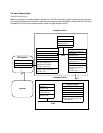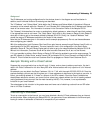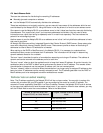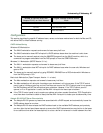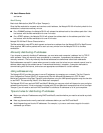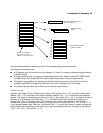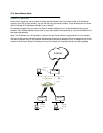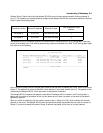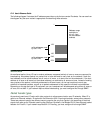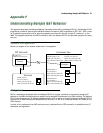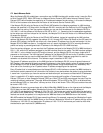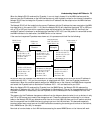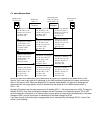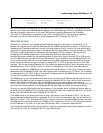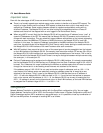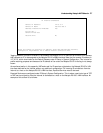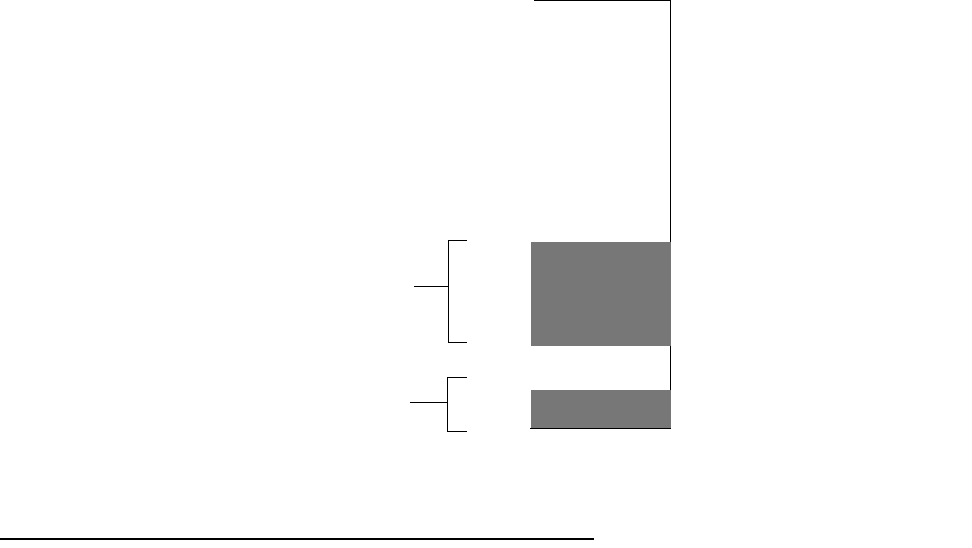
E-12 User’s Reference Guide
The following diagram illustrates the IP address space taken up by the two remote IP subnets. You can see from
the diagram why the term nested is appropriate for describing these subnets.
Broadcasts
As mentioned earlier, binary IP host or subnet addresses composed entirely of ones or zeros are reserved for
broadcasting. A broadcast packet is a packet that is to be delivered to every host on the network, if both the
host address and the subnet address are all ones or all zeros, or to every host on the subnetwork, if the host
address is all ones or all zeros but the subnet address is a combination or zeros and ones. Instead of making
many copies of the packet, individually addressed to different hosts, all the host machines know to pay
attention to broadcast packets, as well as to packets addressed to their specific individual host addresses.
Depending on the age and type of IP equipment you use, broadcasts will be addressed using either all zeros or
all ones, but not both. If your network requires zeros broadcasting, you must configure this through SNMP.
Packet header types
As previously mentioned, IP works with other protocols to allow communication over IP networks. When IP is
used on an Ethernet network, IP works with the Ethernet or 802.3 framing standards, among other protocols.
These two protocols specify two different ways to organize the very first signals in the sequence of electrical
signals that make up an IP packet travelling over Ethernet. By default, the Netopia R3100 uses Ethernet packet
headers for IP traffic. If your network requires 802.3 IP framing, you must configure this through SNMP.
1
254
Address range
available to
a.b.c.0, less
the two nested
subnets
249
valid addresses used
by a.b.c.248
190
129
valid addresses used
by a.b.c.128



